Kashmir is a saga of selfish dynasts destroying own people
IT is axiomatic that the state of Jammu and Kashmir became an independent state as soon as it was released from its allegiance to the British Crown under the Indian Independence Act. The Maharaja of Jammu and Kashmir became the repository of all power under this Act which created the two Dominions of India and Pakistan. The Maharaja was free to decide whether he would accede to any one of the two Dominions. Meanwhile, Jinnah visualized Kashmir as a part of Pakistan and dreamt of its bracing climate and its Mughal Garderns as the Governor General of Pakistan. He thought it was almost in his pocket: whether it came to him willingly or was taken by force was immaterial. The British had promised it to him: it was a majority Muslim area and it had no approach to India except through Pakistan.
Being sure of his ground, Jinnah first made an approach to the Maharaja for accession of the state to Pakistan in a very persuasive and friendly manner. In fact he lured then Prime Minister of Kashmir Mr Kak to bring Kashmir in Pakistan. But Maharaja remained firm on the ground that either the state will enjoy independent status or it will merge with Indian Dominion.
So far as India was concerned, she was indifferent on the subject, though she would have been happy if Kashmir had acceded to India. Mahatma Gandhi visited Kashmir before 15 Aug 1947 to persuade Maharaja to accede to India but he remained non committal for India, if Maharaja had decided to accede to India or to Pakistan before the 15 Aug 1947, much of the trouble and bitterness may well have been avoided. But he was fondling with the idea of independence and was relying on his Dogra forces to achieve this end. However, he was completely adverse to the idea of acceding to Pakistan as it would have involved the complete destruction of the Hindu population of the state and seizure of all that they had, including abduction of women.
Meanwhile Sheikh Abdullah with his deputy Bakshi took over the leadership of the National Conference Party was the only political party of the state. The National Conference leaders were favorable to the states accession to Indian. Maharaja felt that there was no option for him but to accede to India. However, India continued indifferent approach for Kashmir. Mahatma Gandhi and Sardar Patel preferred the situation where Kashmir accession must come voluntarily to India. Pandit Nehru was keen on Maharaja handing over the power to Shiekh Abdullah than about accession. In his view, once the state administration had gone to popular hands, the question of accession could be appropriately discussed with the popular government.
The biggest hurdle to resolving the Kashmir issue has been that business of ‘’plebiscite’’ which Pakistan as well as other India baiters including so-called liberals has often raised. The origin of that apprehension can be traced to the letter of October 27, 1947 which Lord Mountbatten wrote to Maharaja Hari Singh of Kashmir after the latter had signed his acceptance on the Instrument of Accession on October 26, 1947. that letter of Mountbatten was a personal letter, and it was in reply to the Maharaja’s letter of October 26 stating that ‘’a grave emergency’’ had arisen in his state and acknowledging that the Indian Dominion ‘’cannot send the help asked for’’ without his state acceding to India. Accordingly on October 26, the Maharaja attached the Instrument of Accession for acceptance. In his letter Mountbatten wrote, ‘’ ... my government has decided to accept the accession of Kashmir state to the dominion of India. In consistence with their policy that in the case of any state where the issue of accession has been the subject of dispute, the question of accession should be decided in accordance with the wishes of the people of the state, it is my government’s wish, that, as soon as law and order have been restored in Kashmir and its soil cleared of the invader, the question of the state’s accession should be settled by a reference to the people.’’
That statement of Lord Mountbatten was to evoke an almost violent re-action from M C Mahajan, who was the prime minister of Kashmir at the time of its accession and later became Chief Justice of India. In his Accession of Kashmir to India (The Inside Story), the learned judge wrote: ‘’The Indian Independence Act did not envisage conditional accession. It could not envisage such a situation as it would be outside the Parliament’s policy. It wanted to keep no Indian state in a state of suspense. It conferred on the rulers of the Indian states absolute power in their discretion to accede to either of the two dominions. The dominion’s governor general had the power to accept the accession or reject the offer but he had no power to keep the question open or attach conditions to it...’’
Moreover, Lord Mountbatten’s letter spoke of the policy of a reference to the people ‘’where the issue of accession has been the subject of dispute.’’ Now, with regard to Jammu and Kashmir in October 1947, there was absolutely no dispute about its accession. Neither Pakistan nor India was laying a legitimate, contestable claim to the state. Neither India nor Pakistan was disputing the maharaja’s sovereign right to take the decision he wanted. If there were at all any ‘’dispute,’’ it existed only in the maharaja’s mind as to whether to accede to India or to Pakistan or remain independent.
Circumstances compelled his dithering mind to take the decision, but he was not bound to obtain his people’s concurrence of it, before or after. In a monarchical form of government, it is the monarch who personifies and represents the state. That too was not in dispute. What is also not in dispute is the Himalayan bungle created by Nehru’s government of the time. on January 27, 1948, India and Pakistan submitted a draft proposal to the president of the United Nations Security Council on the appropriate methods of solving the Kashmir dispute. According to the Security Council verbatim reports cited by Justice Anand, the Indian representative on the floor of the Security Council made it appear that the final status of Kashmir was to be determined by plebiscite although the legal nature of Kashmir’s accession was the foundation of India’s case. Pakistan has since seized upon and used this point for its benefit. The plebiscite virus was sown and quickly took root.
According to a philosophy and social action publication of 1994, India’s Commitment to Kashmir, edited by Dhirendra Sharma, there are several statements made by Jawaharlal Nehru to the effect that the question of Kashmir’s accession to India must finally be decided in accordance with the wishes of the people. These cover a period between October 27, 1947 and August 7, 1952. In one of these statements, Nehru made reference to a ‘’referendum’’ and in another to a ‘’plebiscite.’’ While Nehru may well have made all the above referred statements in his wonted moralistic-cum-idealistic vision of world affairs, there is reason to wonder today whether, in those turbulent five years of India’s independence, he had grasped the factual and legal position of Kashmir’s signed accession to India. Take, for instance, the broadcast of November 2, 1947 he made on All India Radio. According to the publication mentioned above, Nehru is supposed have said that ‘‘where there is a dispute about the accession of a state to either dominion, the decision must be made by the people of the state. It was in accordance with this policy that we added a proviso to the Instrument of Accession to Kashmir.’’
The above statement stands faulted on two counts. Firstly, Kashmir’s legal accession to India was never in dispute. Pakistan never challenged the legality in the Security Council debates. Secondly, Nehru was wrong to believe that the Instrument of Accession which the maharaja of Kashmir signed on October 26, 1947 contained a special proviso. However, before he approached the UN, Nehru went to Lahore on December 8, 1947, to plead with his counterpart, Liaquat Ali Khan, to initiate steps to de-escalate tensions by issuing an appeal to the Pakistani intruders in Kashmir to withdraw. According to VP Menon, Secretary in the States Department at that time, Khan pleaded helplessness on the ground that he ran a moderate Government that was already under attack by the media for its failure to fully back the Azad Kashmir movement. If he issued such an appeal, there was every danger of his Government being dislodged by a more extremist political entity. Instead, liaquat Ali Khan said “it would be better for India to withdraw its forces and appoint an impartial administration in the state”. Nehru returned empty-handed from Lahore and thereafter decided to go to the UN. This hurt India’s interests on two counts: one, it internationalised the Kashmir dispute; and two, it stopped the Indian Army from finishing the job of throwing out the intruders. In fact, it is said that the ceasefire was ordered at a time when the Army needed just a few more days to complete its task. Further, the decision to beseech the UN showed India up as a weak state that needed third party intervention to throw out an aggressor. It led to the UN setting up a Commission and posting its observers along the ceasefire line and encouraged the US and other Western nations to meddle in India internal affairs.
We have Justice Anand’s doctoral thesis in support of this refutation of Nehru’s understanding. Justice Anand has stated that ‘’this Instrument of Accession (signed by the Maharaja of Kashmir) was in no way different from that executed by some 500 other states. It was unconditional, voluntary and absolute. It was not subject to any exceptions. As such, it bound the state of Jammu and Kashmir and India together legally and constitutionally.’’ Did Nehru have the legal authority to agree to a plebiscite proposal in the Security Council? Did he have the constitutional authority to commit India to a plebiscite as he is reported to have done in his address to our Parliament on June 26, 1952?
The answer given by M C Mahajan, former chief justice of India, is revealing. In his Accession of Kashmir to India (The Inside Story), the learned chief justice stated: ‘’I do not see what constitutional power the Indian government had to enter into such an agreement with Pakistan on the floor of the Security Council and how such an understanding can be considered as binding ... on the state of Jammu and Kashmir which had independent status before accession.’’ Justice Anand puts a seal on the subject by opining that with the accession of Kashmir to India being constitutionally valid, ‘’it excludes the possibility of a plebiscite for determining the status of Kashmir.’’
Years later, the problem in Kashmir, is often represented primarily as a matter between India and Pakistan and framed around the issues of the legitimacy of Kashmir’s accession to India at independence. But this is not the problem today, as circumstances since the accession have changed such that the insurgency is now largely fueled by increasingly hardliner Pakistan state. The ethnic and religious diversity in the state of Jammu and Kashmir, which is divided into three regions, has contributed to the complexity of the Kashmir problem. Jammu has 25.93 per cent of the area and 45 per cent of the population. Against this, the Kashmir region’s population in 2011 was 68,88,475 of which 96.40 per cent was Muslim. Though it has only 15.73 per cent of the state’s area, the Kashmir region holds 52 per cent of the population. Ladakh has 58.33 per cent of the area and accounts for 2.18 per cent of the population. A mere 2,74,289 people reside in Ladakh, of which 46.40 per cent are Muslims, 12.11 per cent Hindus and 39.67 per cent are Buddhist. The challenge for the current regimeis to correct the imbalance of population verses landmass ratio to comprehensively offer equal opportunities for all regions and communities. The current violence cycle of the insurgency was started in late 1980s, it began as an ethnic issue. However, over the years the insurgency has been carefully and deliberately cultivated into a religious one. This created an environment of intolerance, intimidation, and ultimately violence throughout the valley that only exasperated other existing tensions—a situation that led to the exodus of the Kashmiri Hindu Pandits from the region. Revitalizing the economy in the valley, would help address some of these problems. Describing the government’s control over most of the enterprises in the region, he noted that hiring in the valley was at a virtual standstill. To address this problem, he advocated a more open private sector to provide Kashmiris with a greater stake in their future. Further, a vibrant economy overall, he noted, would remedy the crisis of high unemployment that currently afflicts Kashmir—a situation that clearly propels young Kashmiris toward insurgent movements, much as it has in many other conflict zones around the globe.
With Narendra Modi securing majority in the second term and Amit Shah at the helm of affairs as the Union home minister, the Narendra Modi government will now take on the Kashmir issue much more assertively than it did in its first term. One of the key shifts in the new government’s approach to Kashmir is that while prior to May 2019 the focus was on dealing with separatists with an iron hand, the focus now is to make the Kashmiri separatist and dynast leaders irrelevant altogether. NSA Ajit Doval has pushed for the muscular policy in dealing with the present crisis in the valley with fair success but India was missing a bold Home Minister in Modi 1.0 to translate Doval initiative at legislative platform. Amit Shah is likely to bridge this gap in Modi 2.0 leading to appropriate legislation in the Parliament.
The Modi government is of the firm view that the National Conference (NC), the Peoples Democratic Party (PDP) and outfits like All India Hurriyat Conference have no influence beyond a handful of districts in the valley. And, the top leadership of these parties has not allowed new leadership to emerge from the grassroots level. These parties and outfits have been given undue weight by planners in India due to feudal polity of the state influencing ruling elite in New Delhi, which doesn’t actually match their outreach or impact. The local body elections were boycotted by both the NC and the PDP but people turned out in large numbers with overall voting percentage at an impressive 74 per cent. The most visible impact of this boycott was confined to only four districts of South Kashmir – Shopian, Kulgam, Anantnag and Pulwama. It was proof of the limited influence of the PDP and the NC. So, the ‘New Kashmir Policy’ will focus more on building up a non-PDP, non-NC leadership from the grassroots level. Amit Shah, in his recent Rajya Sabha speech, said that he will crush “Pakistan-sponsored terrorism with the help of locals”. Shah’s outreach to the people of Jammu and Kashmir will ensure that political intermediaries, who want to maintain the status quo in the state, will soon become irrelevant. For the last seven decades, successive governments relied on a certain set of leaders from a handful of families in the region to solve the Kashmir problem – namely the Maharaja, the Abdullahs the Muftis and the Nehru-Gandhis. The Modi government is of the view that the time has come for the people of Kashmir to move away from these families –they are not part of the solution, but actually, a part of the problem.
The Modi government has a new multi-pronged Kashmir policy. It is imperative that Pakistan must be exposed in the international community for its role for fueling an arms conflict with an external state. It is an act of war according to the United Nation charter; India must seek sanctions on the Pakistan state for its misdeeds.
On the domestic front, the first part of the policy involves scaling up military action against terrorists in Kashmir. The second part of this policy involves the relentless pursuit of individuals and outfits who claim to be self-styled representatives of the Kashmiri Muslims, and support radicalism, directly or indirectly. No one will be spared, however influential. The National Investigation Agency’s summons to the grandson of Hurriyat leader Syed Ali Geelani in relation to a terror funding case is proof of the Modi government’s steadfast commitment to this new policy. The NIA has already seized assets worth about Rs 1,400 crore and has launched an investigation in 21 cases, Home Minister Amit Shah said in Parliament. The Central Board of Direct Taxes and Enforcement Directorate are working overtime in the state identifying, tracking and shutting down all means to fund terrorist activities. A massive crackdown on Jamaat-e-Islami has already begun. The outfit has a strong influence in south Kashmir and is largely held responsible for turning the four districts in the region into the hub of terrorism. This crackdown is going to get stronger in days to come until the outfit is made completely redundant.
Similarly, tougher action is being taken against separatists, not just cosmetic ones. Many of these leaders have been shifted to prisons outside Srinagar to places like Jhajjar and Hisar in Haryana and Tihar prison in Delhi. This is to ensure that the valley does not come under their influence. In a nutshell, the Centre is sending a message that it doesn’t consider the existing separatist leadership in the valley to be the bona fide representative of the common people. It rather prefers to deal with people directly through the administrative apparatus by making it more robust and efficient.
One important shift in the new Kashmir policy is the redefining of ‘Kashmiriyat’. There is a big push to ensure that ‘Kashmiriyat’ doesn’t remain confined to merely Kashmiri Muslims. For Modi government, ‘Kashmiriyat’ is an all-inclusive concept– it takes into account the culture, traditions and stakes of Gujjar Bakarwals, Pahadis, Baltis, Dogras, Buddhists and Kashmiri Pandits. The writing on the wall is clear: Narendra Modi and Amit Shah are discarding the old guard in the state and building a new leadership from the grassroots. And the abolishing of 35A shall facilitate larger integration of J&K with rest of the country. As India is marching ahead towards 5 trillion dollor economy, the policy maker must not exclude J&K state from the fruits of development just to please few feudal families threatening the state of India of the false repercussions. J&K has been a victim of protecting the rights of few political familities rather than the people, and then one of the tallest Indian leader Shyama Prasad Mukherjee has correctly predicted in 1952 that Indian state must abandon Prince and Czars of Kashmir to let it freely integrate with the union of India to blossom in a prosperous integrated society.
With this background: history is scripted by Narendra Modi led BJP government on 5 Aug 2019 when in an stunning move, home minister Amit Shah announced in the Indian parliament regarding abrogation of article 370 and 35A leading to J&K state complete integration with the union of India. The paradise lost is regained by the country and Narendra Modi and Amit Shah must be complimented for securing an outstanding victory to integrate the country comprehensively.
(Writer is a regular columnist in prominent national newspapers and Editor-in-chief of Opinion Express)







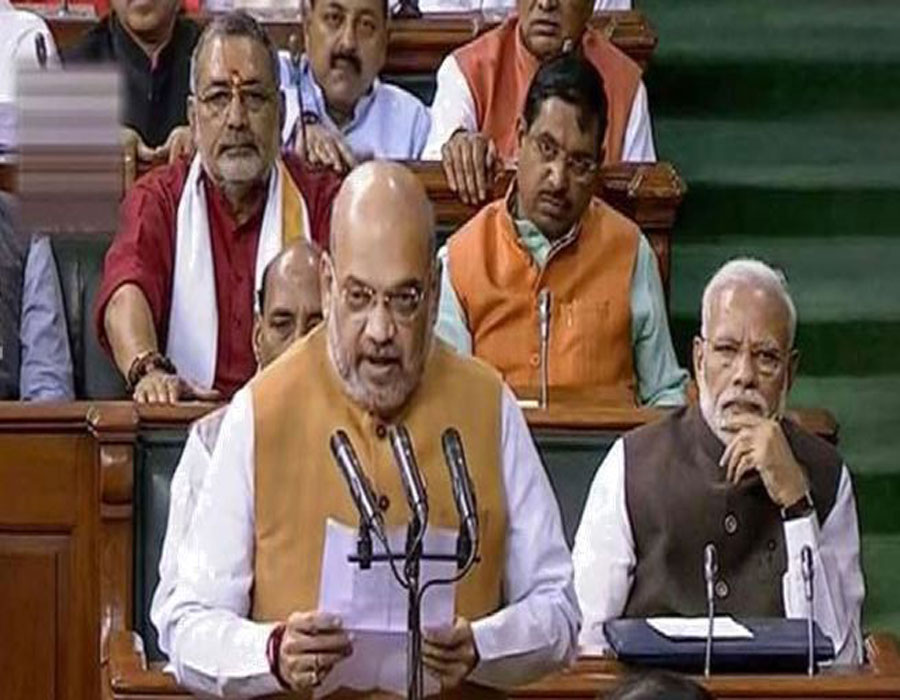
 OpinionExpress.In
OpinionExpress.In




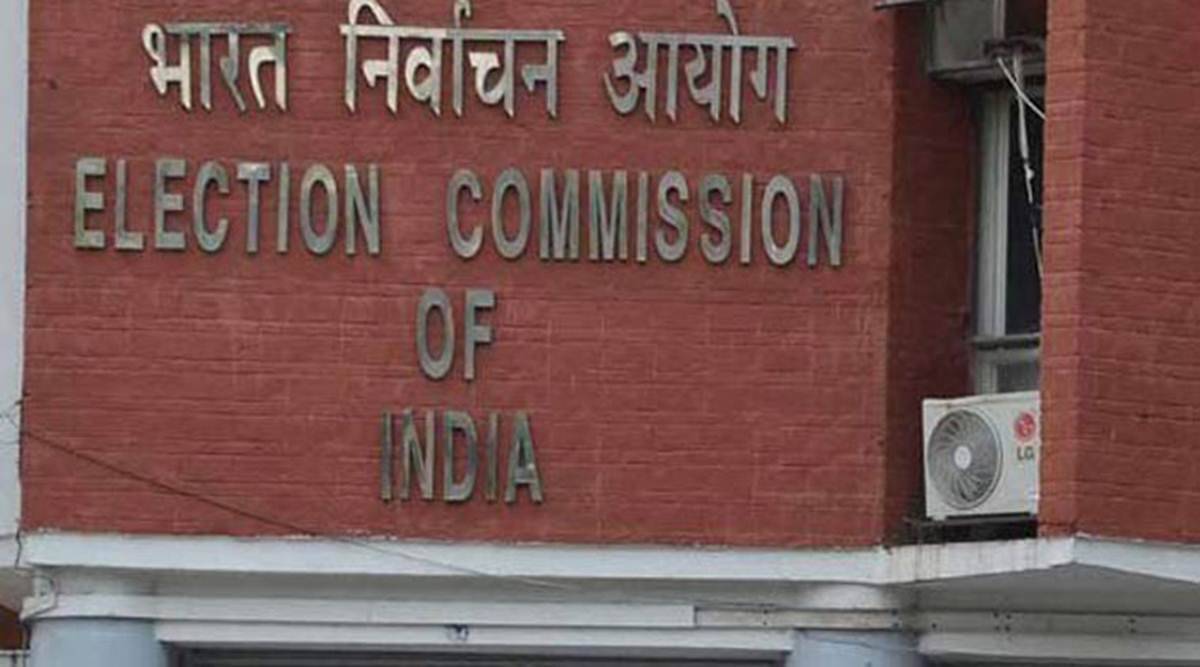
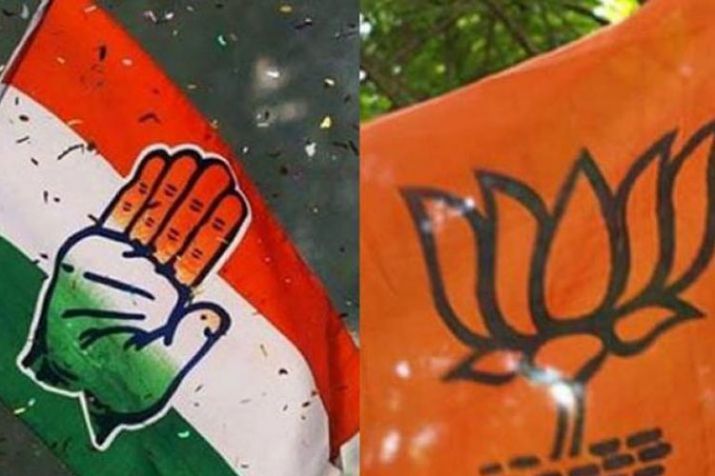
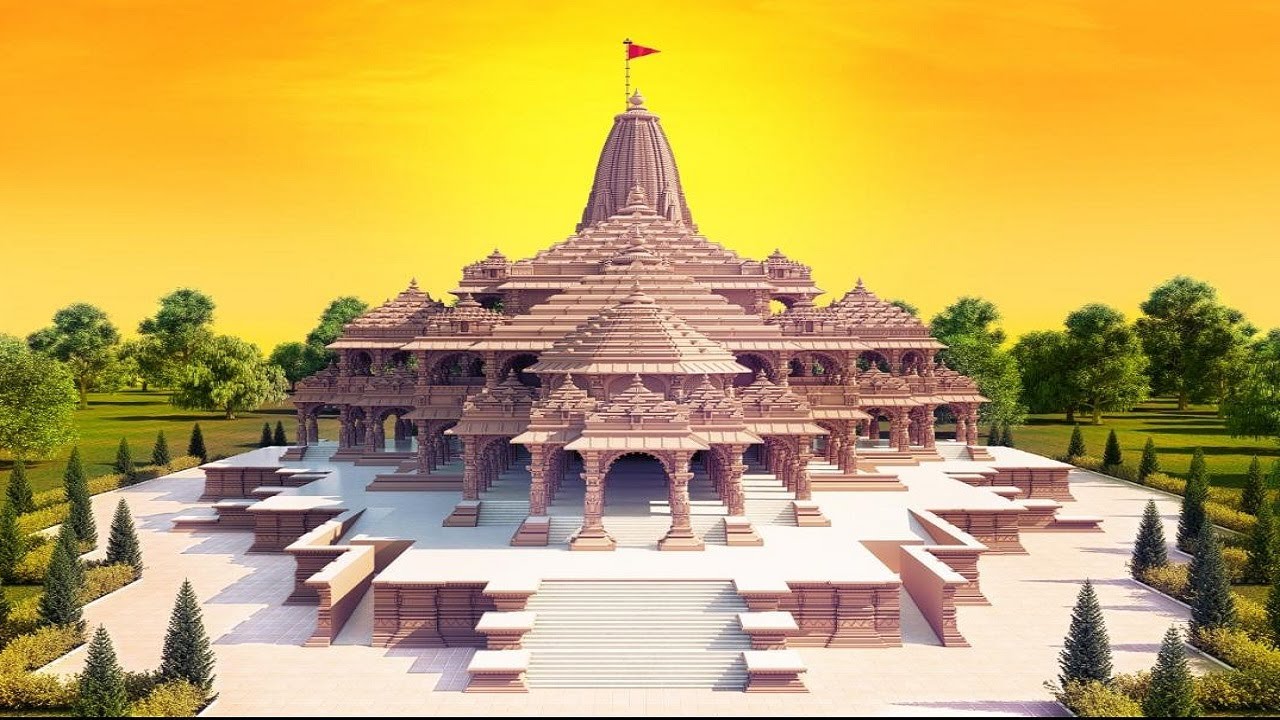
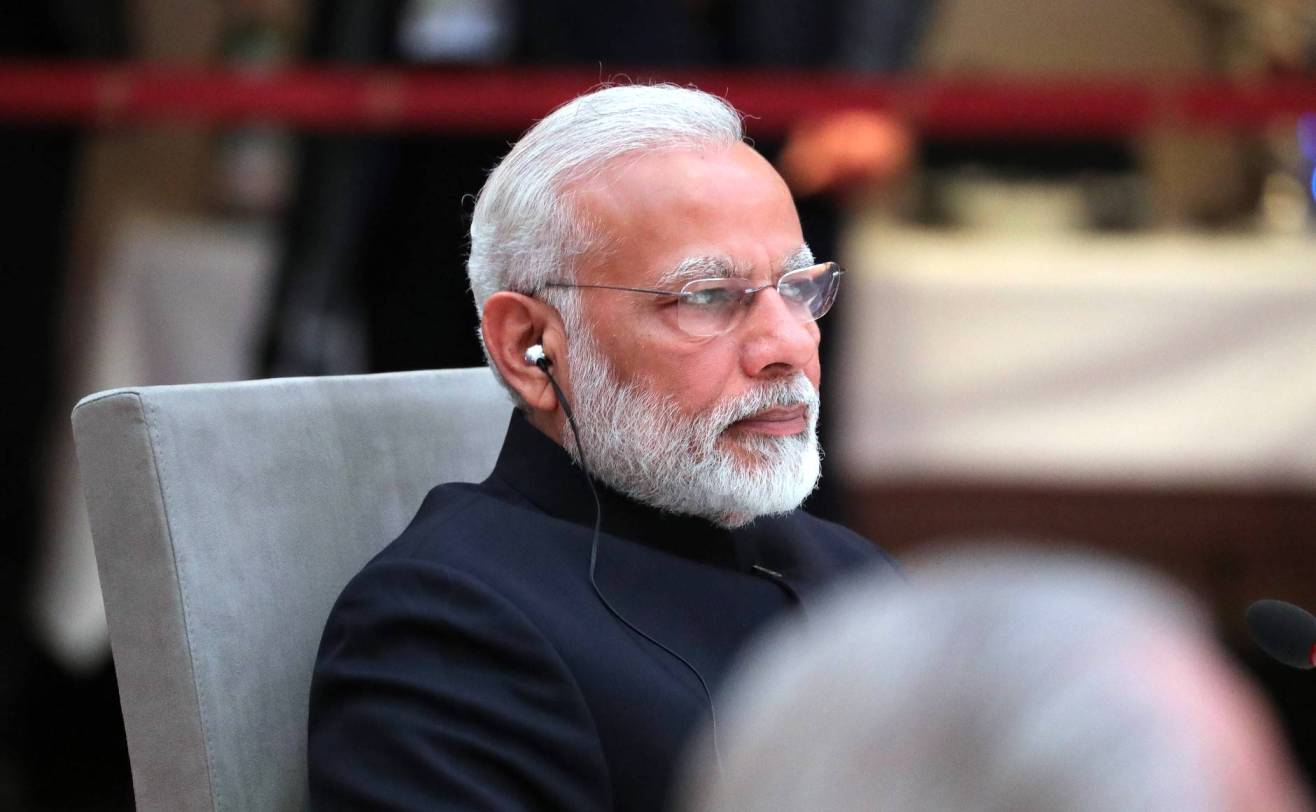







Comments (0)